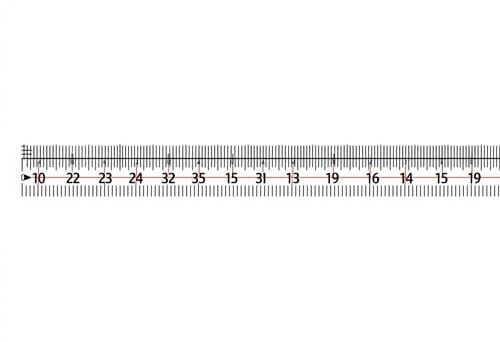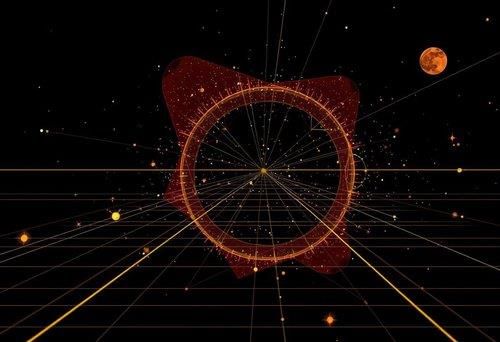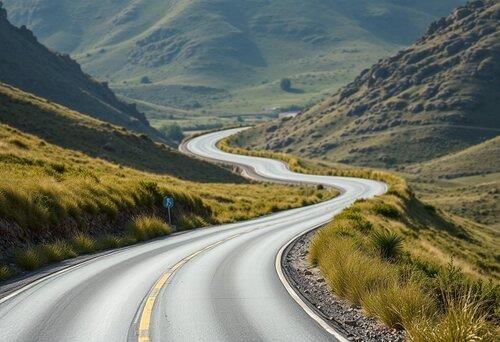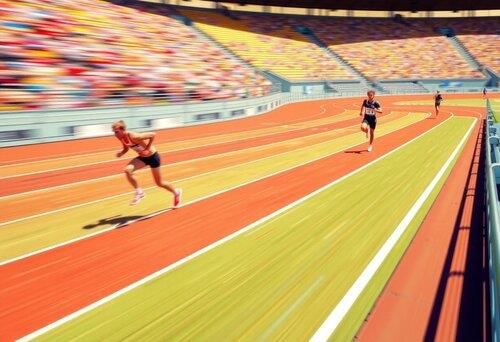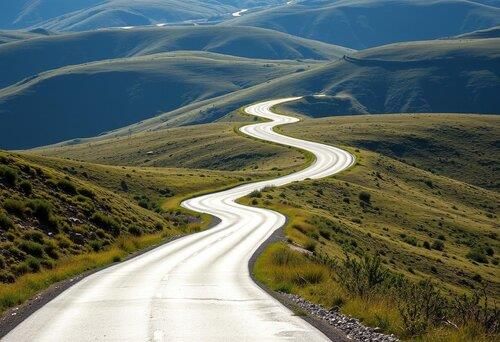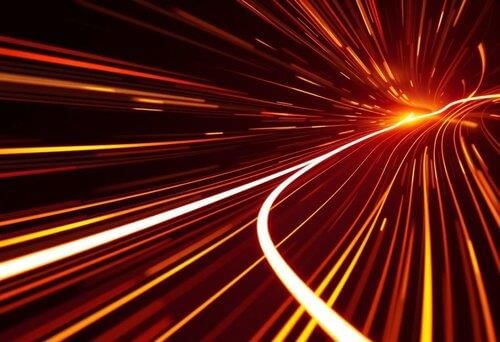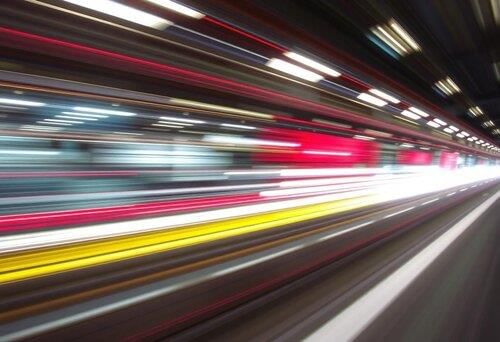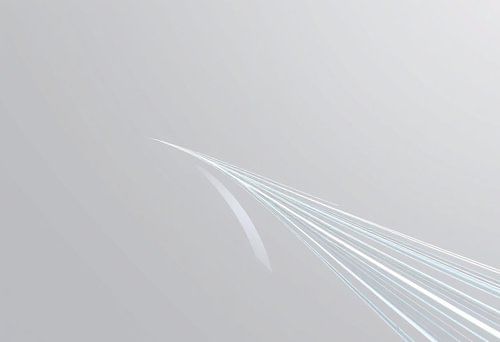 Motion in one dimension refers to movement along a straight line, either forward or backward. |
Card: 2 / 50 |
|
True or False: Distance is a vector quantity that includes both size and direction. |
Card: 5 / 50 |
|
False. Distance is a scalar quantity that only includes size, while displacement is a vector quantity that includes both size and direction. |
Card: 6 / 50 |
|
Fill in the blank: In an experiment, Point A is located 5 cm to the right of the origin and Point B is located ___ cm to the left of the origin. |
Card: 7 / 50 |
|
Riddle: I measure how far you have traveled along a winding road, but I am not the straight-line distance between your start and finish. What am I? |
Card: 9 / 50 |
|
Direction can be described as positive or negative, using terms like up, down, north, south, east, west, or using compass bearings in degrees. |
Card: 12 / 50 |
|
In a 400 m race, the distance covered is ___ m regardless of the runner's path. |
Card: 13 / 50 |
|
Displacement is defined as the ___ distance between the initial and final positions. |
Card: 15 / 50 |
|
Distance is total path, displacement is shortest.
|
Card: 18 / 50 |
|
The speed of an object is a ___ quantity that measures how fast it is moving without considering direction. |
Card: 19 / 50 |
 False. Velocity is defined as the rate of change of displacement, which includes direction. |
Card: 22 / 50 |
|
Fill in the blank: If Thabo walks 2 km on a winding road, his distance traveled is ___ km. |
Card: 23 / 50 |
 Unlock all Flashcards with EduRev Infinity Plan Starting from @ ₹99 only
|
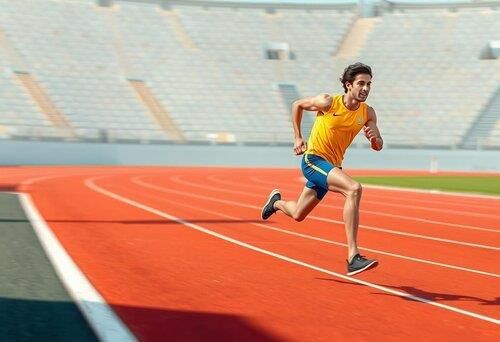 The average speed is calculated as distance divided by time, which is 200 m / 19.19 s = 10.42 m/s. |
Card: 26 / 50 |
|
Riddle: I can be measured in meters per second, but I tell you nothing about your direction. What am I? |
Card: 27 / 50 |
|
Velocity includes direction and speed.
|
Card: 30 / 50 |
|
Her speed is 10 km/h, calculated by dividing the distance of 5 km by the time of 0.5 hours (30 minutes). |
Card: 32 / 50 |
|
Fill in the blank: Displacement can be described as the shortest path from the starting point to the endpoint in a specific ___ . |
Card: 33 / 50 |
|
False. Speed is a scalar quantity that does not include direction, while velocity is a vector quantity that includes both speed and direction. |
Card: 36 / 50 |
|
What is the significance of connecting vectors tail-to-head when drawing vector diagrams? |
Card: 37 / 50 |
|
Connecting vectors tail-to-head is crucial.
|
Card: 38 / 50 |
|
True or False: An object can experience acceleration even if its speed remains constant. |
Card: 41 / 50 |
|
False. Acceleration occurs only when there is a change in velocity, which includes changes in speed or direction. |
Card: 42 / 50 |
|
Fill in the blank: If an object's acceleration and velocity have the same sign, the object is ___ down. |
Card: 43 / 50 |
|
What does a negative acceleration indicate when related to an object's velocity? |
Card: 45 / 50 |
|
Negative acceleration indicates that the object is slowing down if the velocity is positive or speeding up if the velocity is negative. |
Card: 46 / 50 |
|
Riddle: I show how fast something is speeding up or slowing down, measured in m/s². What am I? |
Card: 47 / 50 |
|
What happens to the acceleration of an object if it moves in a negative direction and speeds up? |
Card: 49 / 50 |
|
The acceleration will be negative, as it reflects an increase in speed while moving in the negative direction. |
Card: 50 / 50 |





